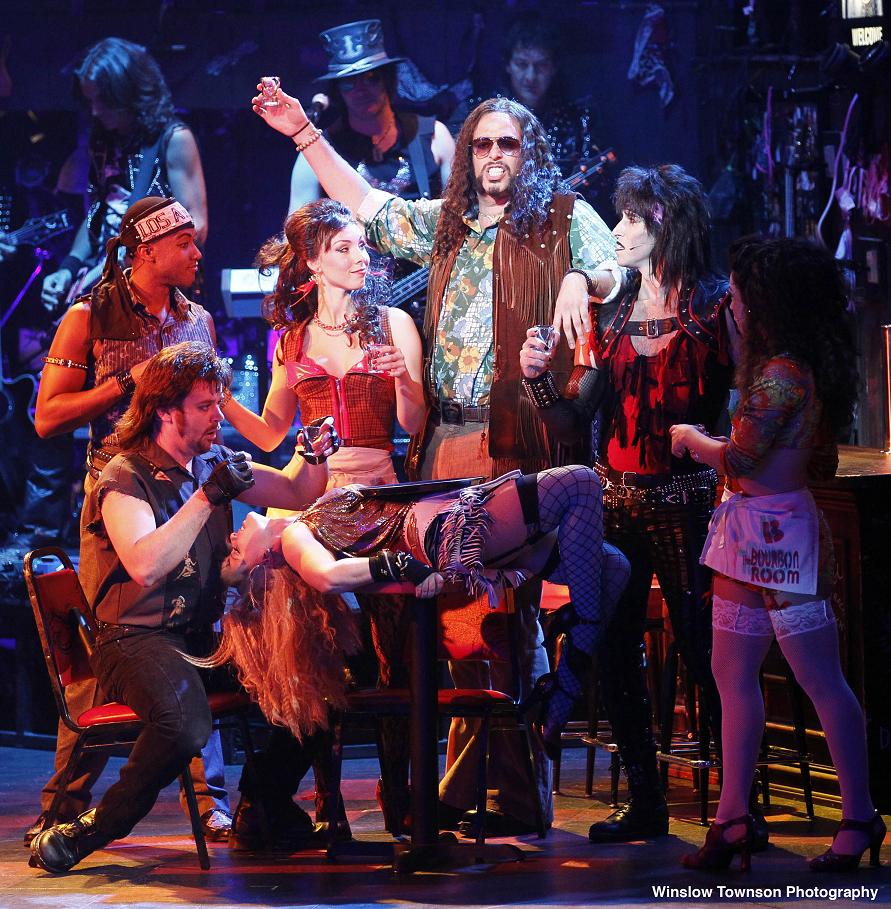I’ve been flying all week and boy are my arms tired! But at last I’ve landed, soft in the lap of Brooklyn, from where I’ve been commuting to the 15th annual New York Fringe Festival (say that five times fast).
Perhaps the largest multi-arts festival in the US, the New York Fringe hosts close to 1200 performances from 194 companies, spread out in 18 venues all over the Lower East Side. Fringers pack the sidewalks and the black box venues from Bleecker Street to the Bowery — just minutes away from Broadway, but light years apart in terms of budget, content, daring.
Hailing from as close to home as Downtown Manhattan to as far away as Australia, each company serves as an ambassador for the theatre scene in their region. Once again, the Bay Area is well represented, not to mention Tennessee (“The Disorientation of Butterflies”), Massachusetts (“Dancing in the Garden”), Kentucky (“Civilian”), Texas (“A.Chekov’s The Darling”), and Seattle (“Virtual Solitaire”), among others.
The possibilities for connecting with performances from around the world, not to mention from our own backyards, are practically endless, just one reason why fringe festivals have grown into the international phenomenon they have, having spread from Edinburgh, Scotland to every continent save Antarctica — and I wouldn’t rule that out as a future possibility.
Just a few days in and I’ve already been a silent witness to one woman’s eating disorder (Craving), been converted to Islam (All Atheists are Muslim), gotten an eyeful at not one, but two boob-related shows (Mama Juggs, The Booby Prize), cheered Rosaline on in Romeo and Juliet: Choose Your Own Ending, checked out a Zombie Wedding, dropped by a poetry reading given by way-underground poetess and public school security guard Molly “Equality” Dykeman (portrayed by Andrea Alton), and witnessed the birth of a preemptive celebrity biography in Mark Sam Rosenthal’s I Light up my Life.
I’ve seen a washed-up and forgotten opera singer struggle with her past balanced against the future in The Unsung Diva, a stream-of-consciousness-spouting, post-existential “rabbi,” Moshe Feldstein, whose name has been lovingly smeared in excrement by one of his faithful followers (an act detailed in the “fan” mail he reads onstage), a trio of funny females being funny in Lipshtick, and a very funny, very crude, third-wave existentialist rant from Romania called Nils’ Fucked up Day.
This last piece to me is an epitome of the possibilities of fringe. Where else can “Romania’s most obscene play” find not just a foothold but some real acclaim without spending a fortune in venue rental, publicity, special visas, and all the rest? And where but at Fringe could your average, broke-ass arts lover get a chance to see “Romania’s most obscene play” for a ticket price roughly equivalent to a tepid Hollywood blockbuster with a tub of greasy popcorn on the side? Everybody wins at the Fringe in some way; even the foul-mouthed losers portrayed in Nils (except maybe the guy who is beaten to death with a baseball bat).




